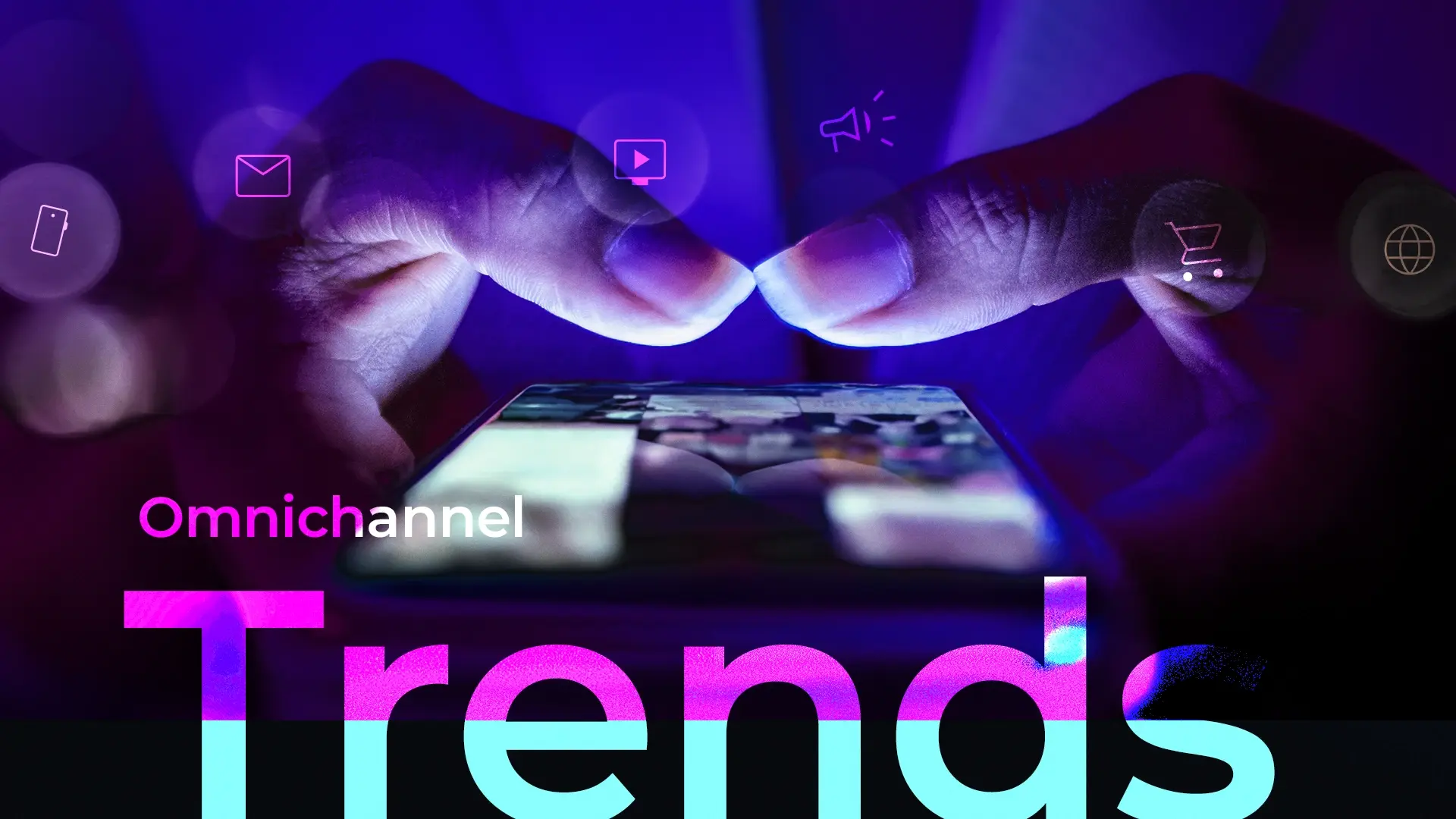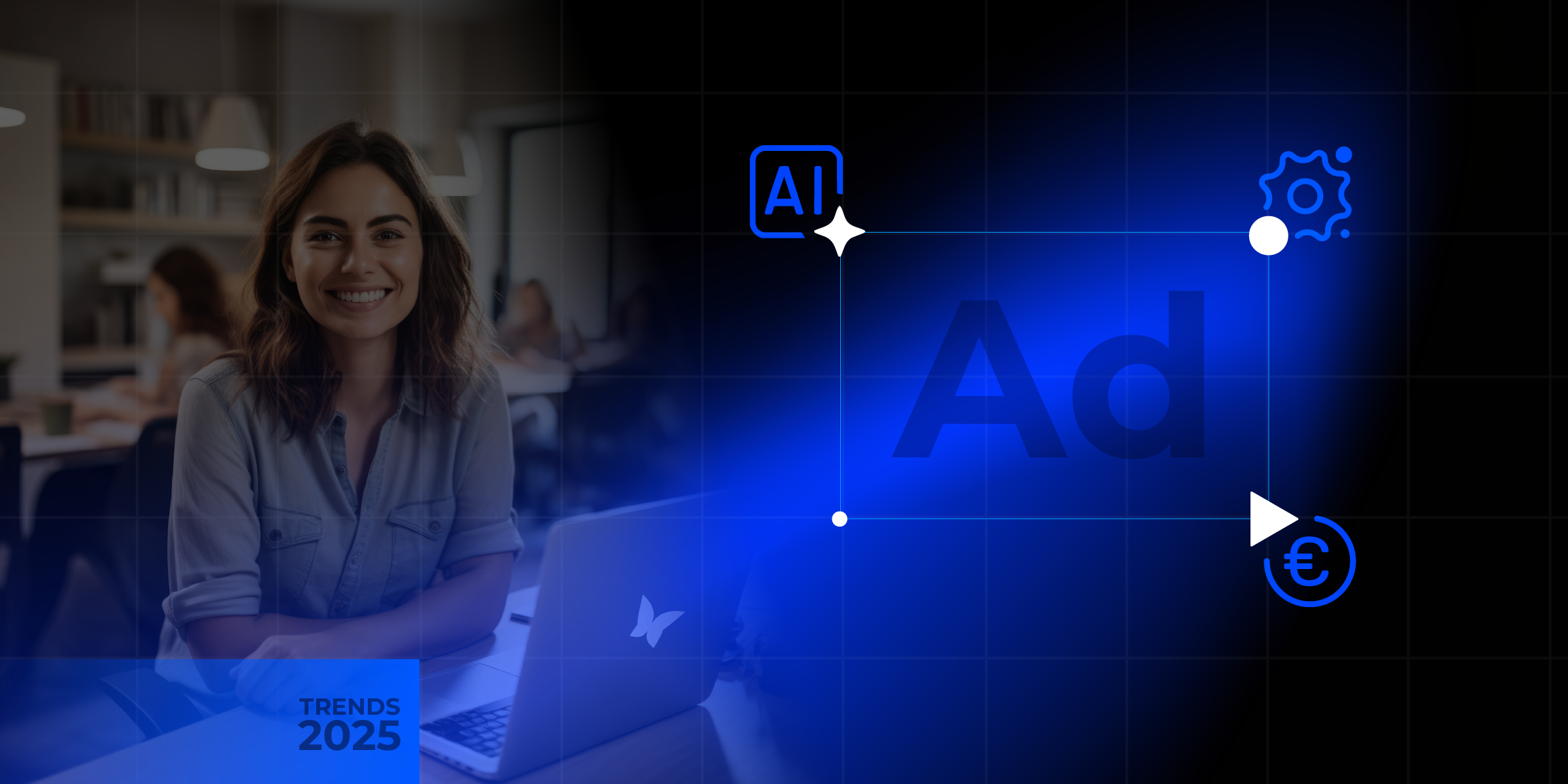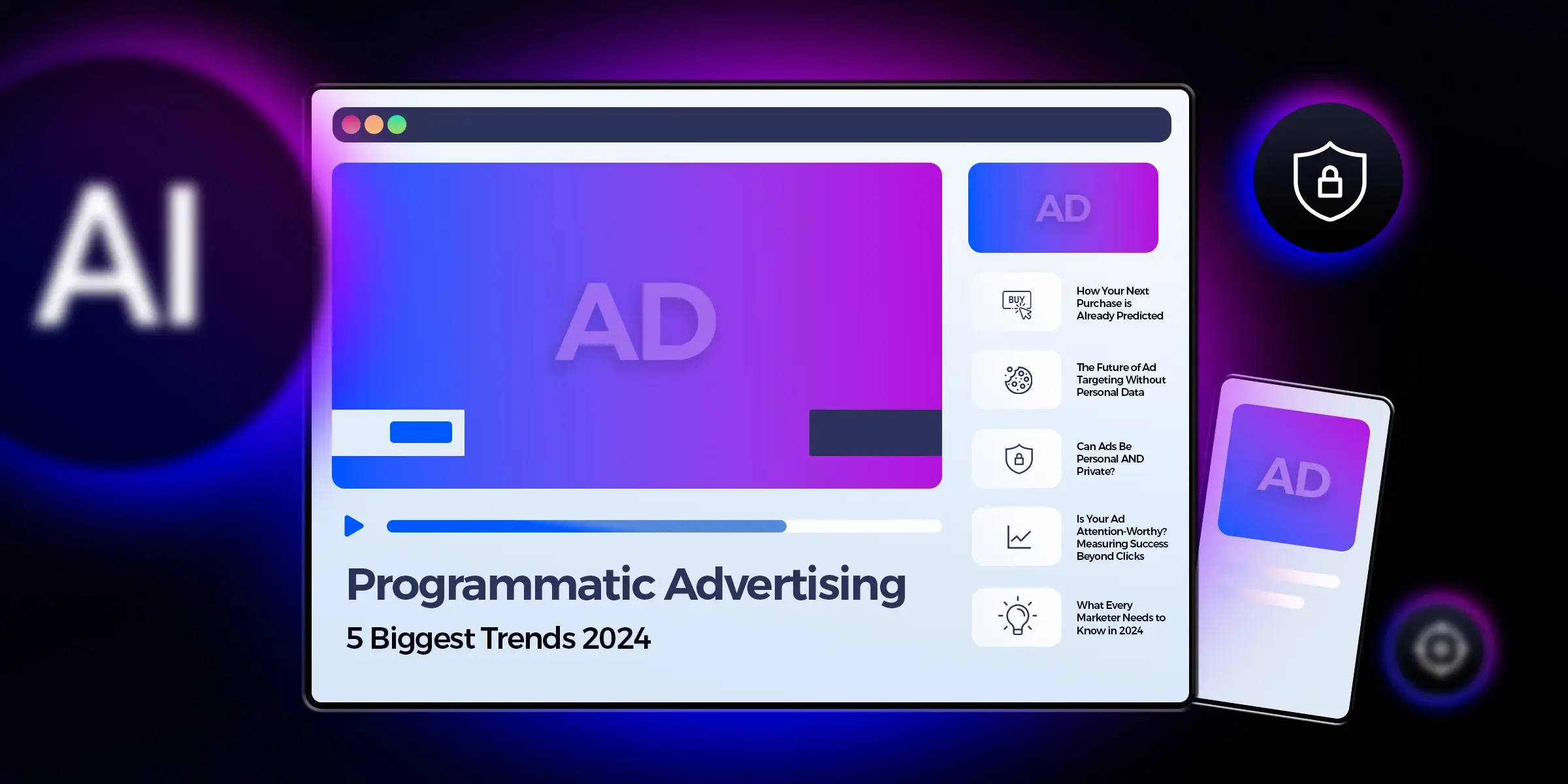The capabilities of programmatic advertising have dramatically advanced across the last two decades, transforming advertising opportunities for digital marketers.
Recent data from Statista predicts programmatic advertising spend to increase to nearly $106 billion dollars in the next year.
Programmatic advertising enhances the power of advertising through automation. It features Demand-side platforms (DSPs) for brands and Supply-side platforms (SSPs) for suppliers to trade impressions at the best price.
But when you’re trading with such high impressions counts, advertisers are likely to encounter a few obstacles.
In this blog, we’ll explore some of the key programmatic advertising challenges and their solutions, including:
- Ad Fraud
- Lack of knowledge
- Inventory quality
- Ad creativity
- Brand safety
Ad Fraud
This isn’t exclusive to programmatic advertising, but is an issue across all online display advertising. The entire online marketing industry revolves around impressions. How many views your ad gets, and clicks. So far so good. Then there’s the real difficulty. Something every advertiser and publisher wants to combat: how do you know whether your ad is being seen by an actual person?
Ad fraud is when these clicks and impressions come from a bot, rather than a human. This is the biggest problem programmatic advertising faces. It’s responsible for huge chunks of advertising budget resulting in no real results to show for it. Ad fraud is a big business, but the business for preventing it is even larger.
Solution
For over a decade, Google itself has been working on ways to battle bots. It’s even started to look at offering “fraud-free” ads, along with a couple of other companies like AppNexus. Attempting to detect fraudulent clicks before they appear in your analysis, or eat up your budget. It’s a clever system, but it’s not yet perfect. There will still be clicks and impressions registered that didn’t involve an actual person. But a reduction will take place.
Another way advertisers can combat this is through only publishing their ads on reputable websites. Plus, try to use publishers and networks they know and trust. For this to work, every party needs to be transparent, but this isn’t beyond the realms of possibility. These ad placements may cost a little more, but they offer far more value than inventory which is going out to bots. Bots don’t buy.
Another tip is to avoid advertising in countries where the fraud rates are high. Follow this advice, and you’ll reduce the chances of losing your hard earned budget to digital demons.
Lack of knowledge
Knowledge, or lack of it, is always a challenge with new tech. There’s always a swathe of conflicting opinion pieces, a thousand new acronyms, and specific tech language. All of which is very confusing when analysing a new release. If you don’t think you understand programmatic advertising though, you’re far from alone. Nearly 50% of the people using it don’t think they understand it!
The fact that there are so many different platforms only contributes to difficulties around lack of knowledge. Approaching each one is like trying to learn a new language. This is particularly true if you have no background in programmatic in the first place. Each platform will have its own approach, and its own theories on what works best, and you will have to learn each one. Just look at the different types of programmatic ad buying! There’s every chance that whichever agency you speak to will recommend a different variant, and within that a different approach. For you to make an informed decision, you need to know what each one means, and how it could work for you.
Solution
There is a simple solution to this though, and it’s a case of spending the time to learn about it. Consume all the information you can. When it’s broken down in a straightforward, easy way, it seems a lot less complicated, and a lot more like common sense. There are loads of resources out there too, and no shortage of learning material. There’s also our eBook, which you can download for free here.
As the old saying goes, knowledge is power. The more you have, the more you can overcome the other challenges around programmatic, like ad fraud, and help to educate others at the same time. Then we can all walk off into the sunset together, safe in the knowledge that we’ve done our bit to improve the online display advertising landscape.
Inventory Quality
The spend on programmatic advertising is rising, and shows no signs of hitting a plateau any time soon. eMarketer predicts that programmatic ads will account for 83% of all display buys, which is a staggering figure. This brings its own issues into the mix though. We’ve already discovered that in spite of the sheer amount spent, half of those using it don’t understand it. So how can this huge cross section of marketers guarantee that that their money is buying the best possible inventory?
Thankfully, most companies are working to ensure that your ad gets shown to the most relevant, interested audience. Even with so much bad or incompatible inventory out there! After all, it’s as beneficial for the DSP (Demand Side Platform) for your campaigns to be a success, as then you buy more from them, and recommend them to peers.
Solution
There are things you can do as the marketer, too. You can choose to go direct, and ensure you know exactly where your ads going to go. Or you can work only with trusted ad networks. Do this and you know the inventory is high quality. Plus, they have great programmatic functionality which ensures ads placed in the most relevant places. Ensuring your brand keeps its desired reputation, only appearing on sites you want to associated with it.
Ad creativity
When you’re churning out large scale ads through programmatic, often creativity can take a back seat. Conversions may suffer if brands run ads of low or poor quality, use incorrect formats or ads that lack relevance. Although programmatic offers the best targeting and measurement tools, the ability to create specific ads on channels can often lead to advertisers dropping the creative ball.
Solution
Utilising creative advertising technology can be a simple solution. It provides advertisers with the ability to create and manage multiple ads at once. And it takes away all the stress of creating bespoke ad assets from scratch. This can be supplemented with Dynamic Creative Optimisation (DCO), which helps personalise your ads to target specific demographics such as location, gender and industry.
Ultimately, combining both strategies will help you experiment and discover which ads drive performance, without affecting creativity and efficiency.
Brand safety
This is a common obstacle across all forms of advertising. Being in the vicinity of negative, offensive and controversial display ad content can be harmful to your brand’s reputation. As obvious as it sounds, this could impact your conversion rates immensely.
At the height of the pandemic, there was an increase in misinformation through ad content. This meant many brands were cautious to avoid being placed in ad spaces connected to COVID-19. However, as ad spaces are acquired through automation, this is a huge risk for many businesses.
Solution
One way to combat brand safety issues is to partner with DSPs that ensure safety as a key advantage of their platform. They have relevant security measures in place to prohibit content appearing in brand-damaging spaces. DSPs also have tools to avoid ad fraud and many other programmatic challenges.
Another way to protect your brand’s reputation is by supplying a list of websites you deem to be harmful – a naughty list if you will. You can use the list to refer back to over the course of campaigns, to help keep your activity on track. This can partly act as peace of mind; knowing that you have considered all sites and spaces that you deem problematic. But it also allows you to pick sites where you believe your ads will thrive and focus your activity here.
Takeaways
There are a few ongoing issues with programmatic, but with education and effort, they’re all avoidable. This includes issues surrounding brand safety. It’s still a young technology, a teenager, so there are bound to be a few issues.
One thing is for certain though, you will want to know programmatic very well before it matures. Do this and the relationship between programmatic and your marketing strategy will flourish. Once the market fully embraces programmatic, it will change display advertising for the better, forever.








